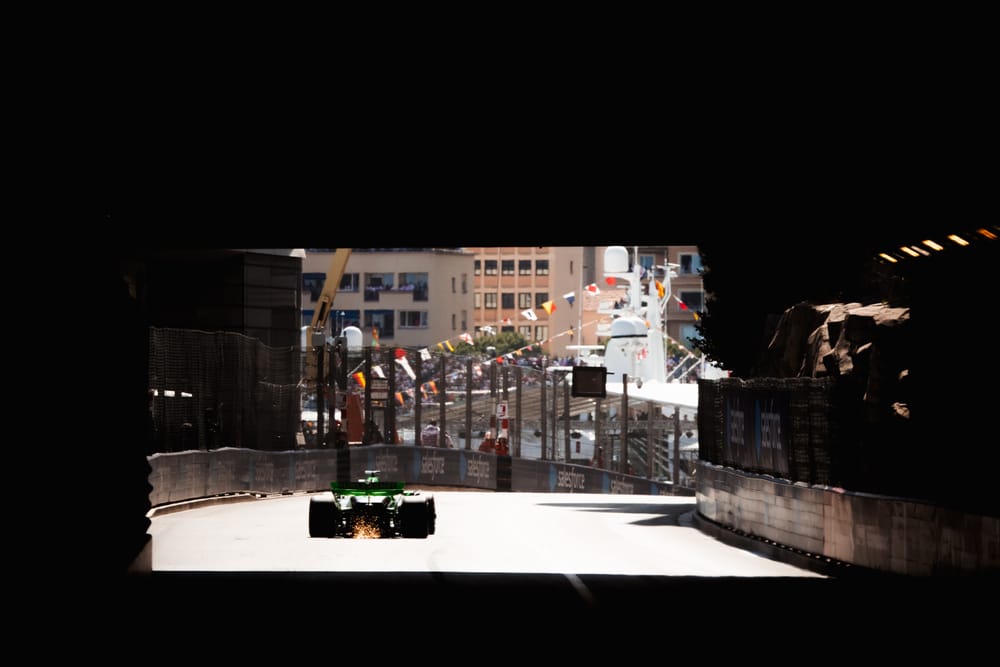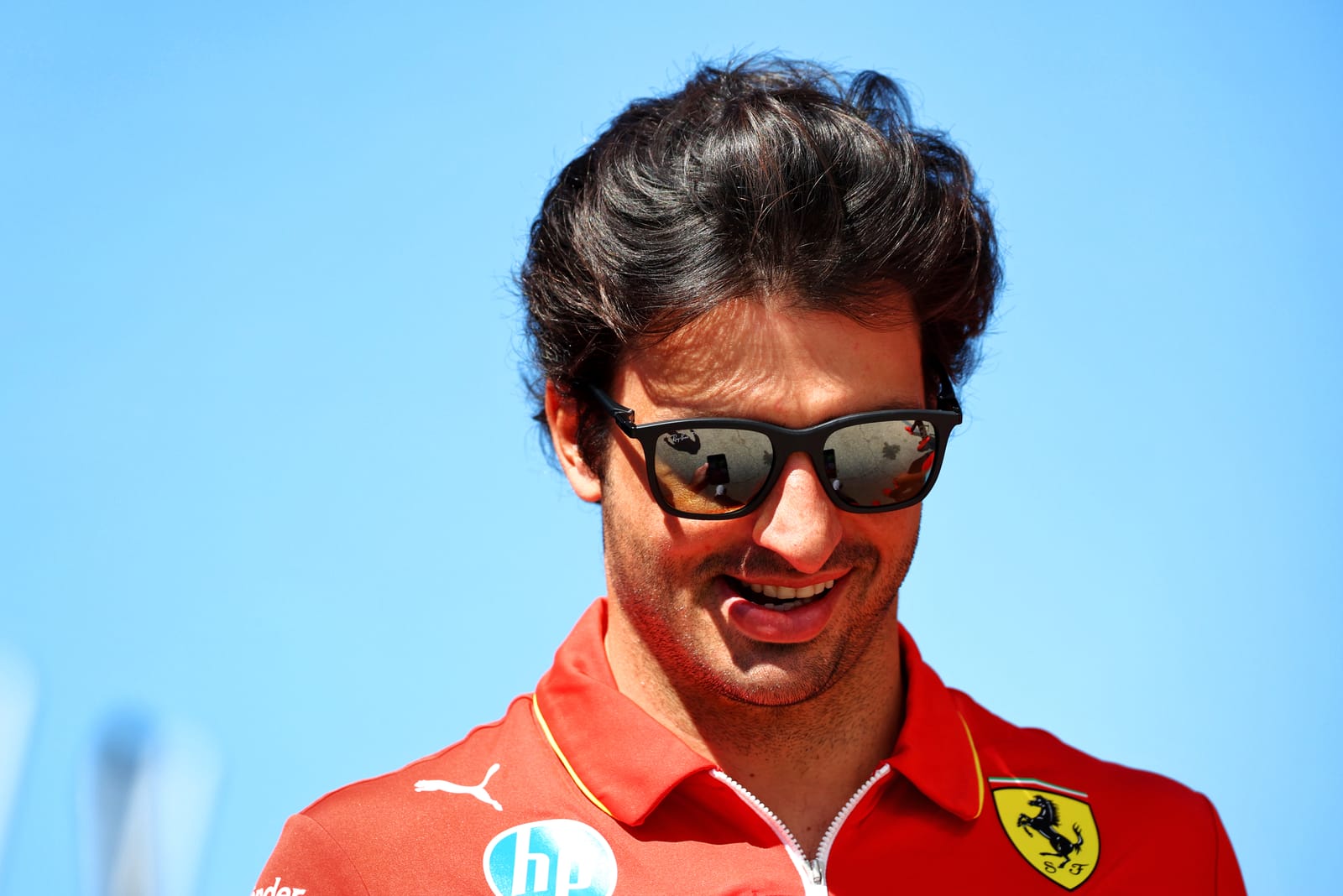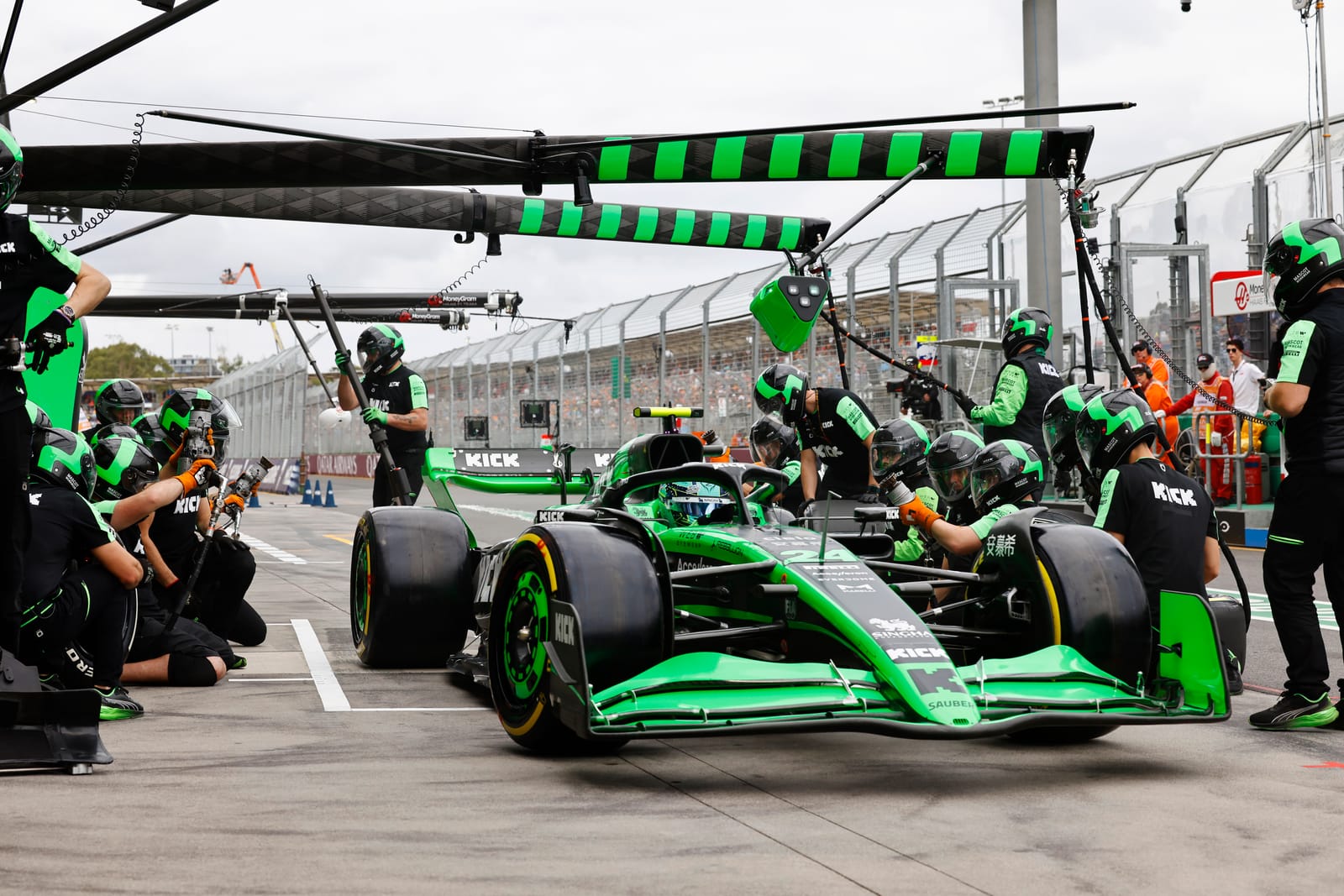Up Next

There’s now only one point-less team on the 2024 Formula 1 grid and it just happens to be the one that’s dead-set on securing the most competitive 2025 free agent driver.
With Red Bull recommitting to Sergio Perez and Mercedes still favouring promoting its teenage protege Kimi Antonelli, three-time F1 race winner Carlos Sainz faces a choice between Sauber and Williams for 2025.
So to be so clearly the slowest team in Monaco couldn’t have been worse timing for the soon-to-be Audi works team.
Valtteri Bottas was four tenths of a second adrift of the next car in qualifying and team-mate Zhou Guanyu was a further half a second behind.
Only the extreme pace management of Fernando Alonso (to create a gap for Aston Martin team-mate Lance Stroll to pit and come out in) saved Sauber from a truly embarrassing Sunday with Bottas at least able to hang on respectably in 13th.
But make no mistake, Sauber was, in the new relative terms of F1’s ultra-close 2024 midfield, miles off the pace.
And that surely can’t have escaped the attention of Sainz.
What went so wrong?
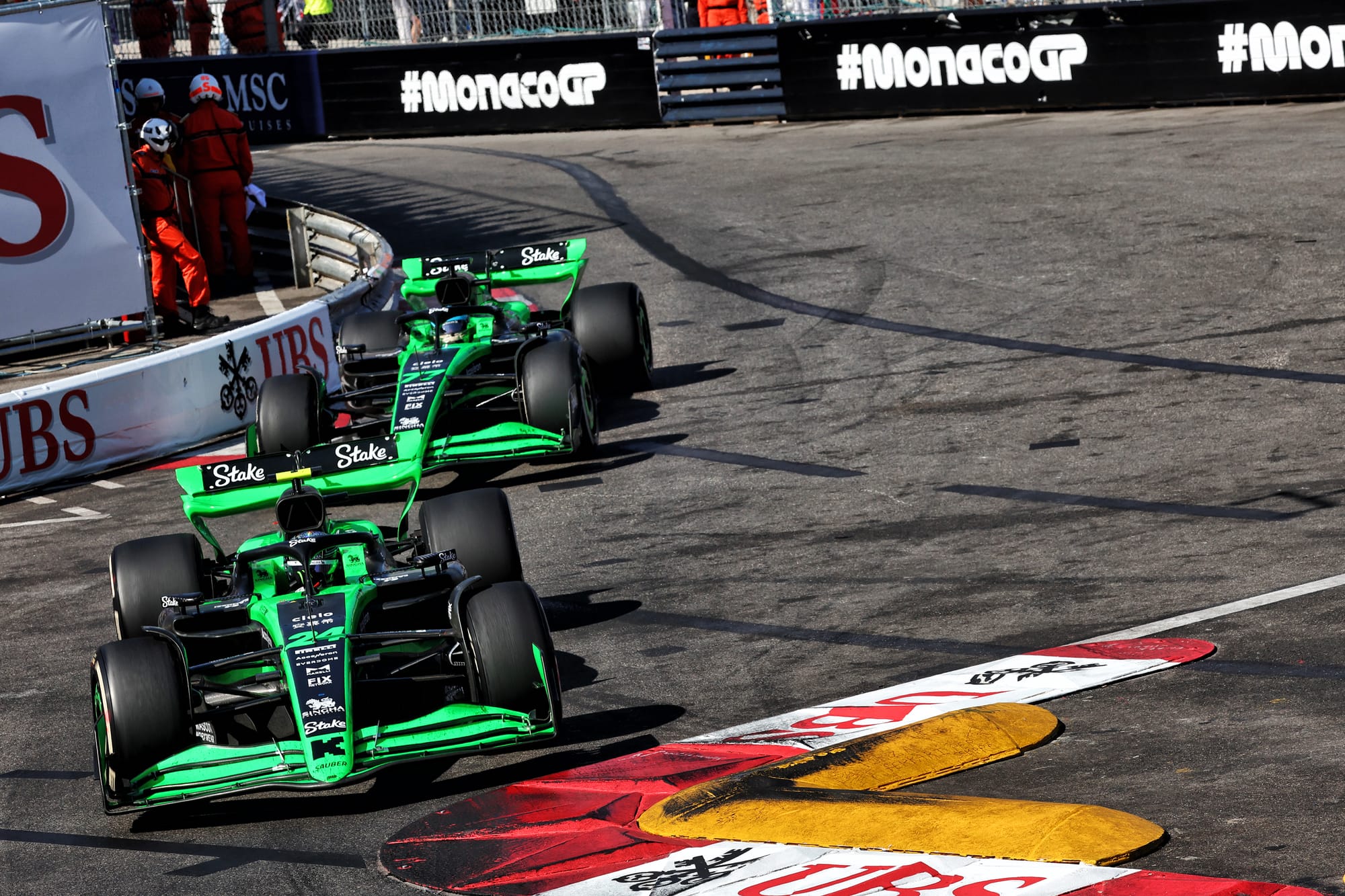
Perhaps the most worrying element of the weekend was how the team had little idea of why things were going so wrong.
Now circumstances didn’t help Sauber. After an “encouraging” FP1, unspecified issues meant it had to revert away the new rear wing it had brought to Monaco for FP2.
Those issues were fixed for FP3 but then Bottas crashed his Sauber after three-quarters of a lap that looked positive, eliminating Sauber’s stronger performing driver from virtually the entire session.
🔴 RED FLAG 🔴
— Formula 1 (@F1) May 25, 2024
Bottas has hit the barriers breaking his front right suspension#F1 #MonacoGP pic.twitter.com/Pc00WMsdJJ
This inevitably had knock-ons for qualifying and Zhou had struggled for confidence throughout the weekend. Despite Sauber trying “different configurations of set-up”, it couldn’t find the one that gave him enough confidence to be anything more than an also-ran.
“At the moment it’s a bit difficult to take conclusions of where we’d be if we did normal running [without the practice issues],” Sauber’s head of trackside engineering Xevi Pujolar said during the weekend. “But we need to analyse back at the factory.
“We know in low-speed corners generally we’re OK but this track is a bit more specific, it’s not only low speed, it’s low speed combined with multiple other parameters and factors.”
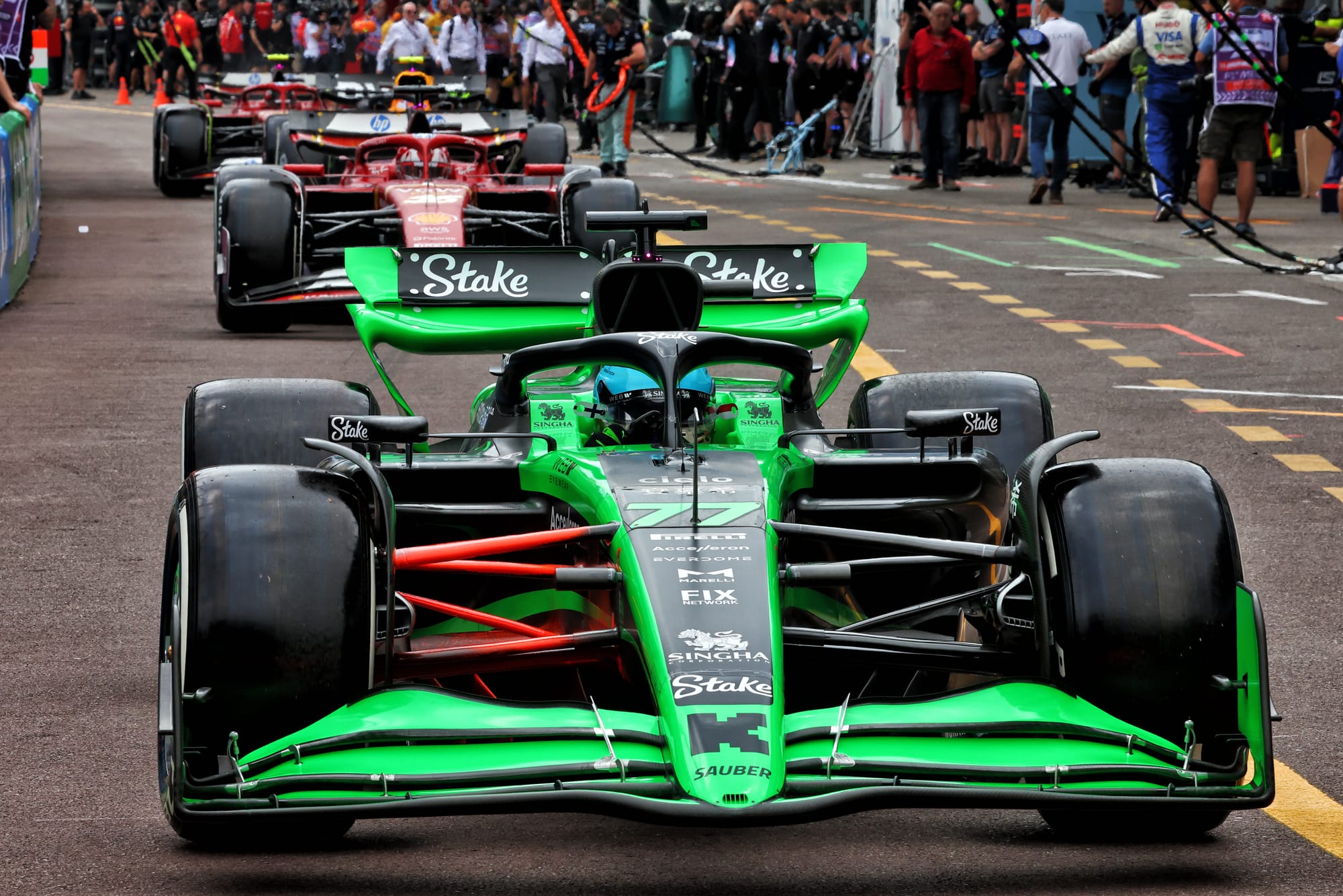
Pujolar denied it all pointed to a problem with Sauber’s windtunnel-to-track correlation, saying: “with the parts we received, [what was expected], it’s what we had. That’s not an issue.”
Clearly there will have been intensive work back at Hinwil to diagnose the Monaco-specific problems and in isolation, Monaco could be written off as an outlier.
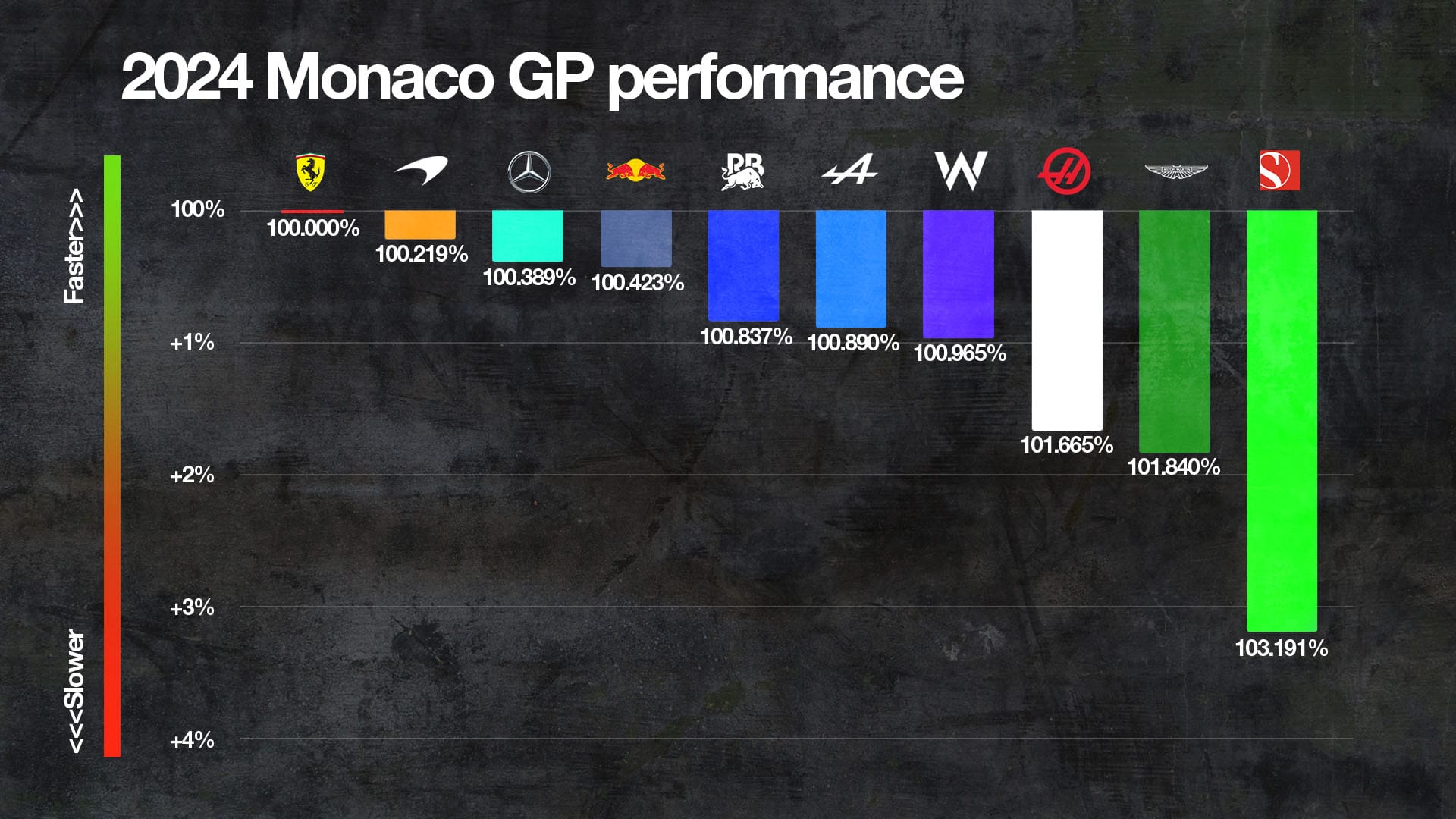
But the reality is Monaco was simply the most harrowing chapter in a tricky season in which Sauber has had the slowest car by quite a margin according to F1 supertimes (calculated by taking every team’s single fastest lap across a GP weekend), and is the first time its failed to score in the opening eight races since 2016.
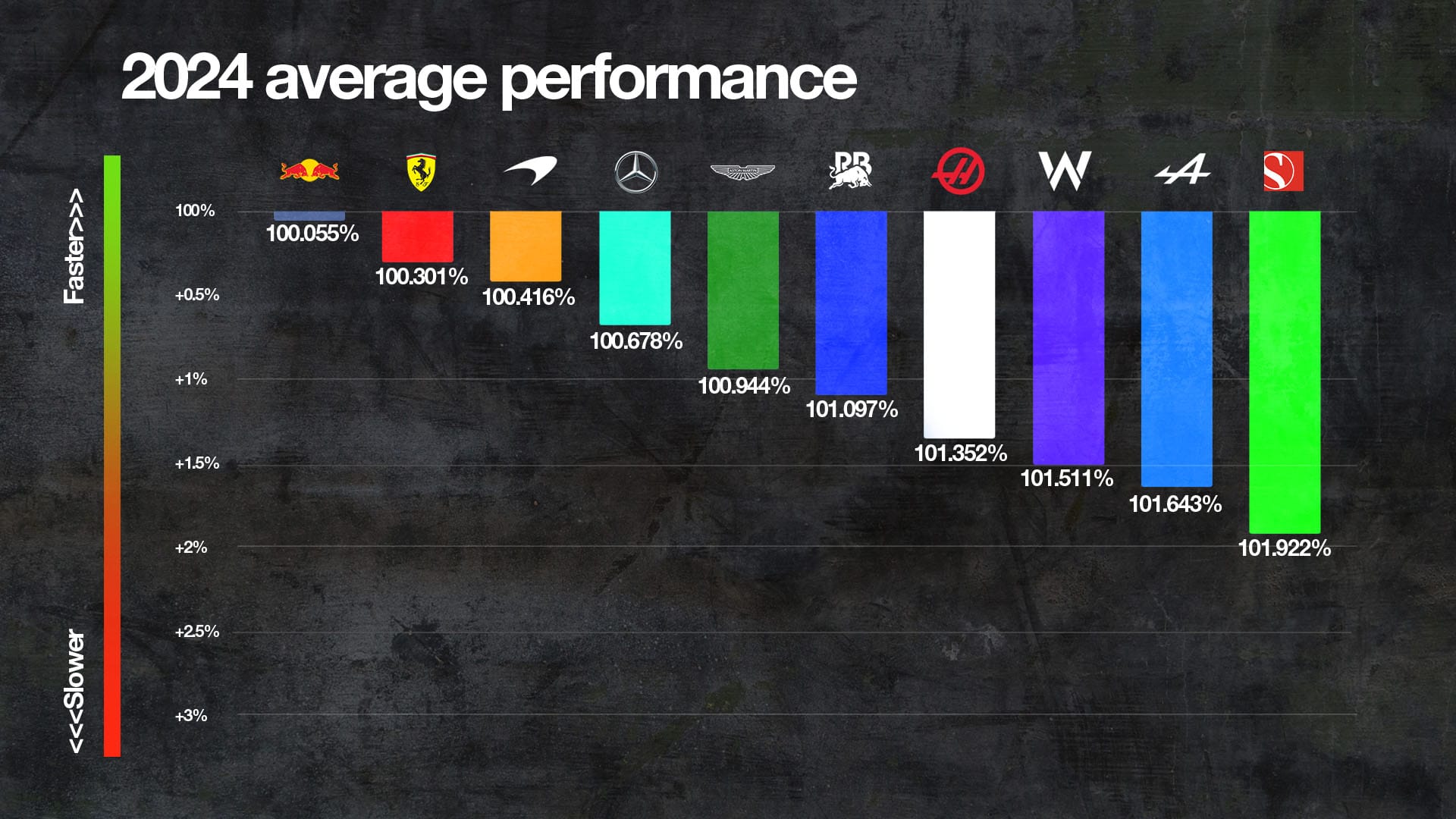
The uncomfortable contrast
So it appears to be Williams vs Sauber/Audi for Sainz’s services in 2025 and it’s become far less clear-cut than it looked a few months ago.
Why would Sainz turn down a manufacturer with a proven track record in pretty much every series it’s competed in for a Williams team that was in so much strife earlier in 2024, that it could only field one car for the Australian Grand Prix?
The long-term picture is surely in Audi’s favour but if the short-term Sauber situation looks so dire, might that be enough to dissuade Sainz?
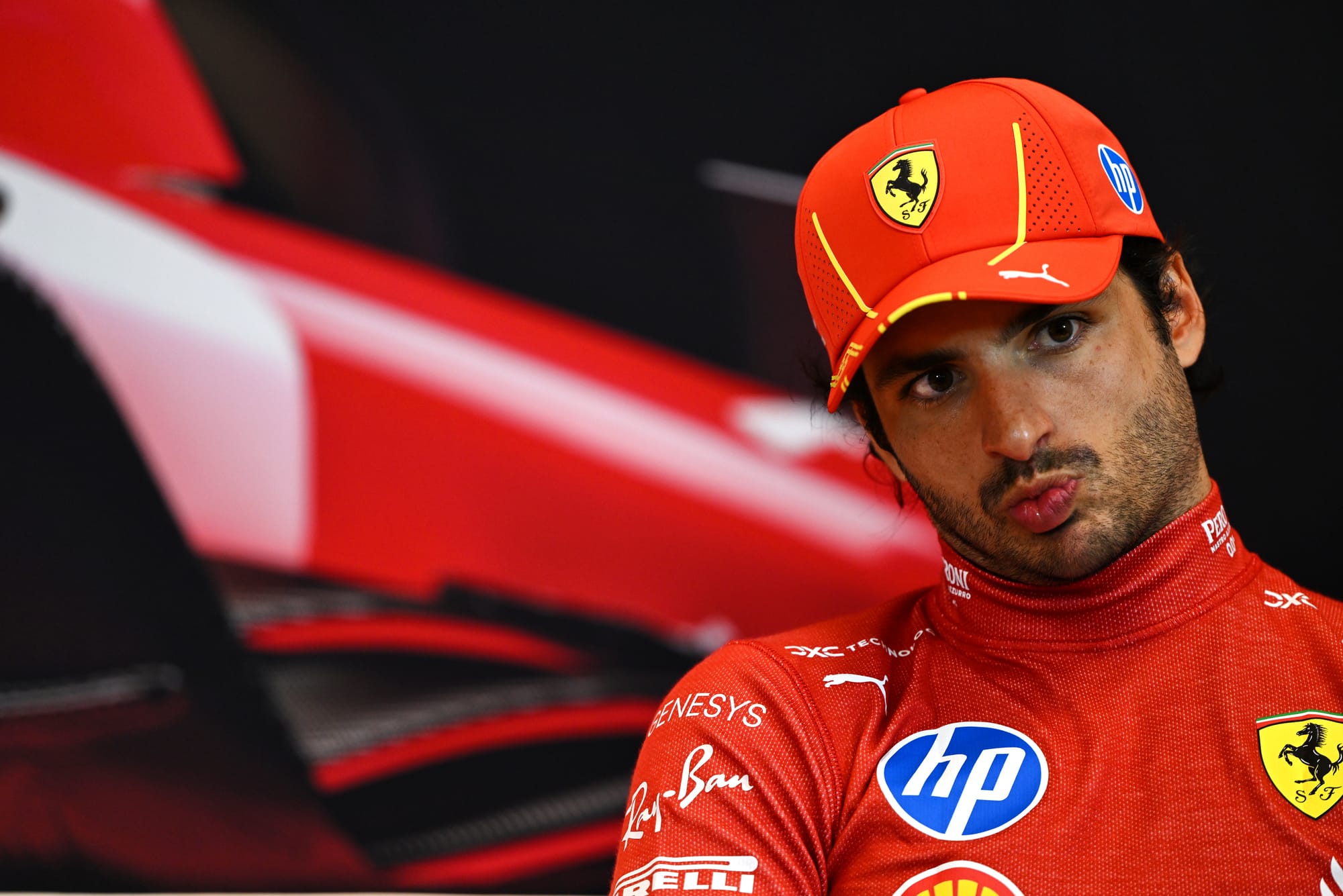
Sainz always knew joining Sauber would mean some short-term pain but he may not have thought the team would be experiencing this much pain after eight rounds of 2024.
There’s a lot of work for Sauber to do after so far showing no real sustained evidence of relative development gains since a somewhat impressive start to F1’s new regulations set in 2022.
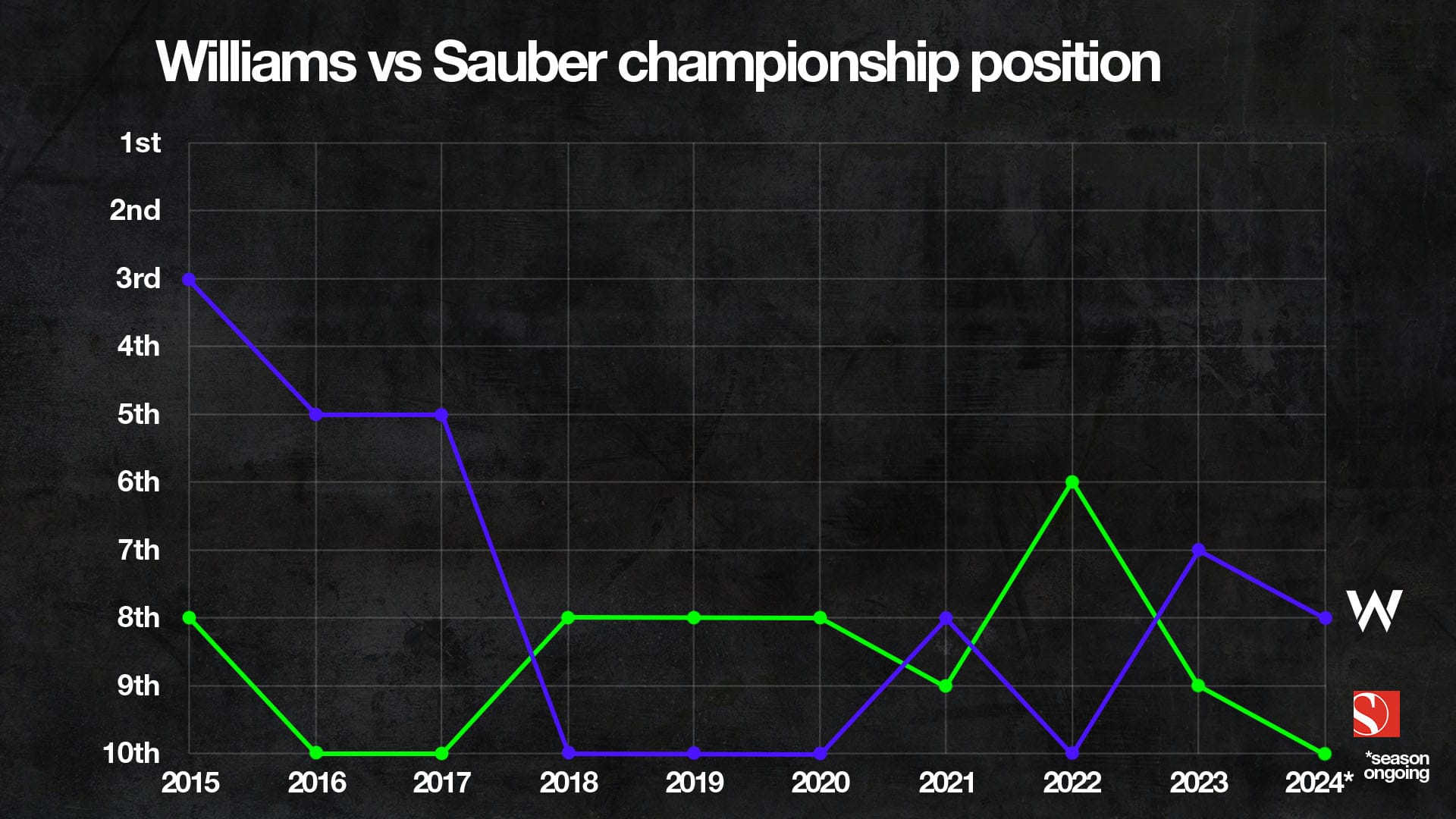
Audi’s investment - something it's increasing year-on-year - will help to combat that but it’s not going to transform an F1 backmarker overnight.
Walking away from a race-winning Ferrari to a point-less Sauber is going to be a hell of a pill to swallow for Sainz.
But surely joining Williams for 2025 would be the same?
Well, there’s a case that there’s a bit more short-term optimism at Williams. It scored its first points in Monaco to leave Sauber as the only team still on zero, and has a key target area that can yield gains.
The Williams is still overweight and has been losing as much as 0.45s a lap via a 15kg weight disadvantage the FW46 started the year with.
But a lighter floor at Imola has started chipping away at that and team boss James Vowles promised “we have a lot of performance in the pipeline, and our job is to deliver that as quickly as possible now”.
It’s easy to make that claim, yes, but Williams has a solid track record of adding performance to this generation of car.
Even its one major in-season upgrade last year (introduced at the Canadian GP) was crucial in Williams beating a strong-finishing then-AlphaTauri team for seventh in the constructors’ championship.
Williams scored 27 of its 28 points last year after its Canada upgrade. By contrast, Sauber (then still Alfa Romeo branded) only picked up six in those last 15 races.
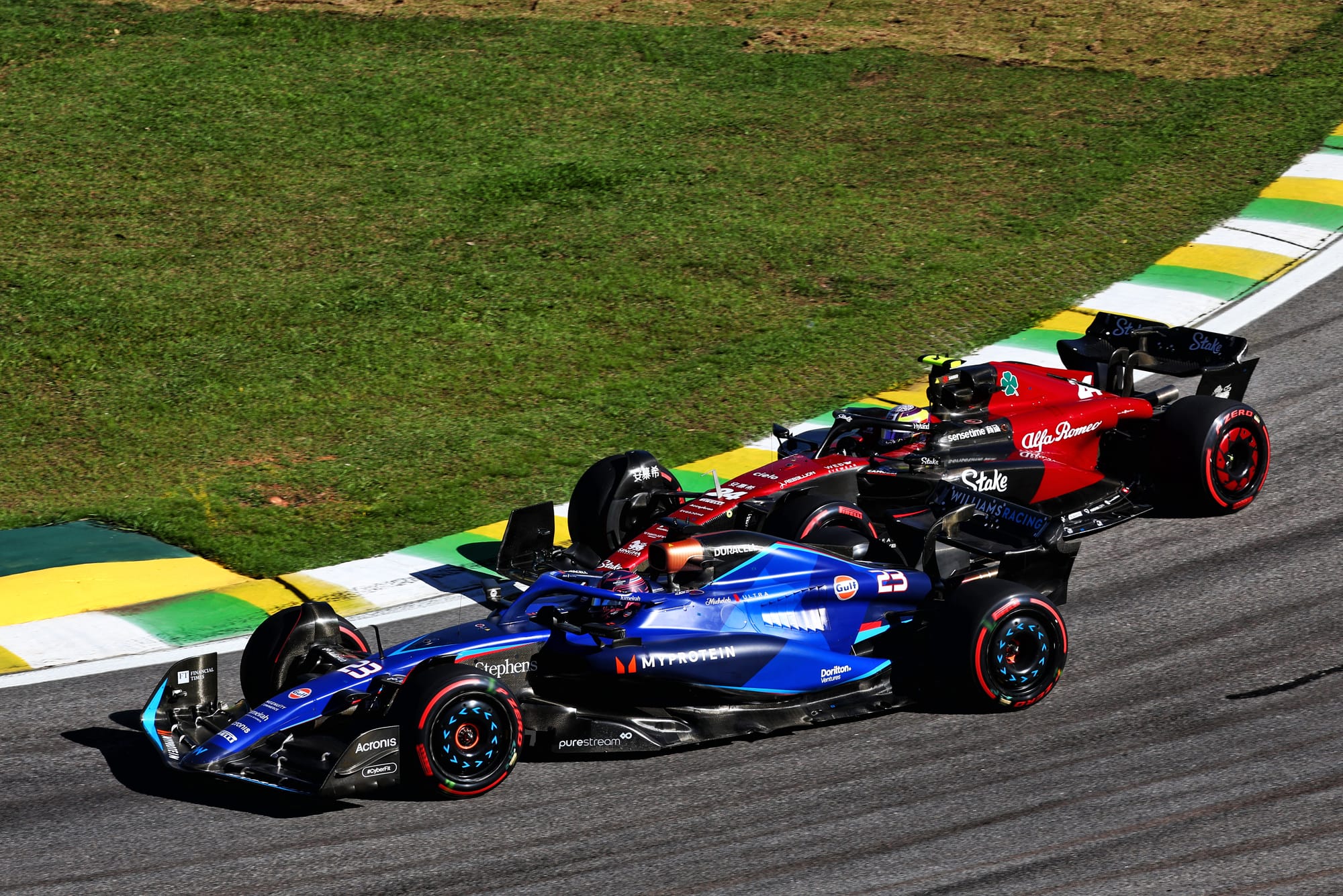
If it can make further inroads into its weight disadvantage Williams can hope for similar progress this year.
Not to the point where Williams is a must-have short-term option for Sainz - it’s still a marginal top 10 car on its best weekend. But to the point where it feels like a team, with a motivating leader in Vowles, which has some real momentum behind it - certainly more positive than the momentum that’s behind Sauber at the moment.
That’s important for 2026 too. Vowels has long put that at the centre of his long-term planning and having a customer Mercedes engine - probably as sure a bet as any 2026 engine to be competitive based on track record - only adds to that.
Audi is arguably the bigger 2026 risk with a technical team that’s produced the slowest 2024 car and one of only two brand-new (in F1) engine manufacturers along with Red Bull Powertrains.
The salvage job
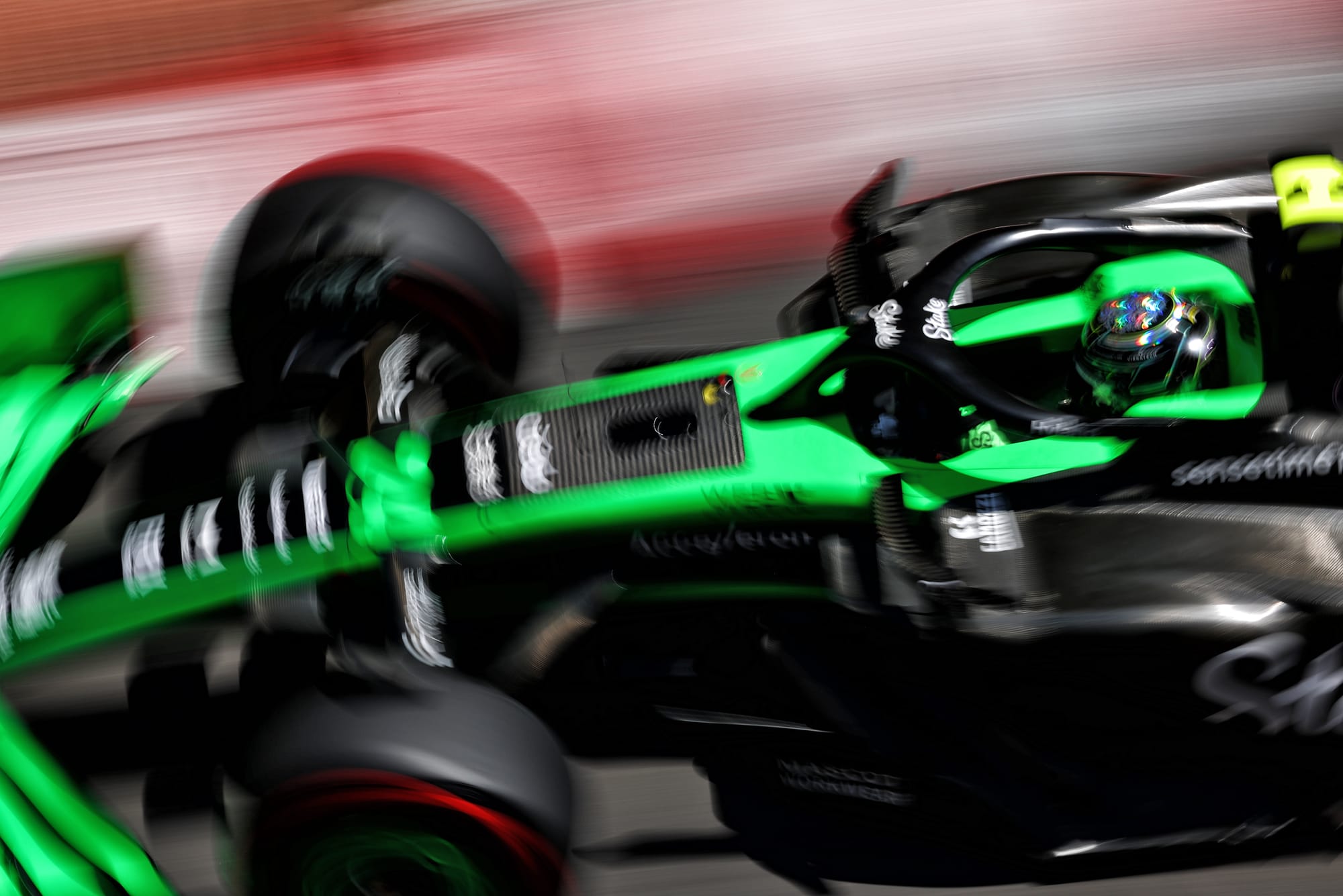
Sauber and Audi can still save things. It has the manufacturer trump card that Williams can’t offer. And it has a chance in Montreal this weekend to prove it too can make progress.
“[We’ll bring] another small step but every small step counts so let’s hope we can close the gap now,” Pujolar said.
“We’ve now got Williams with some points, it should be our turn in Montreal.”
There is reason for Sauber to be optimistic, as while Montreal has a lot of long straights, it does have a lot of slow corners where the Sauber has been relatively strong, and few fast corners where it’s been weaker.
In fact Sauber still sees itself in the fight for sixth place in the constructors’ championship, even if it’s becoming a harder fight every weekend.
“I think so, yes, in terms of performance I don’t think anyone is far enough out of reach,” Pujolar replied when The Race asked whether current sixth-place team RB was still within catching distance this year.
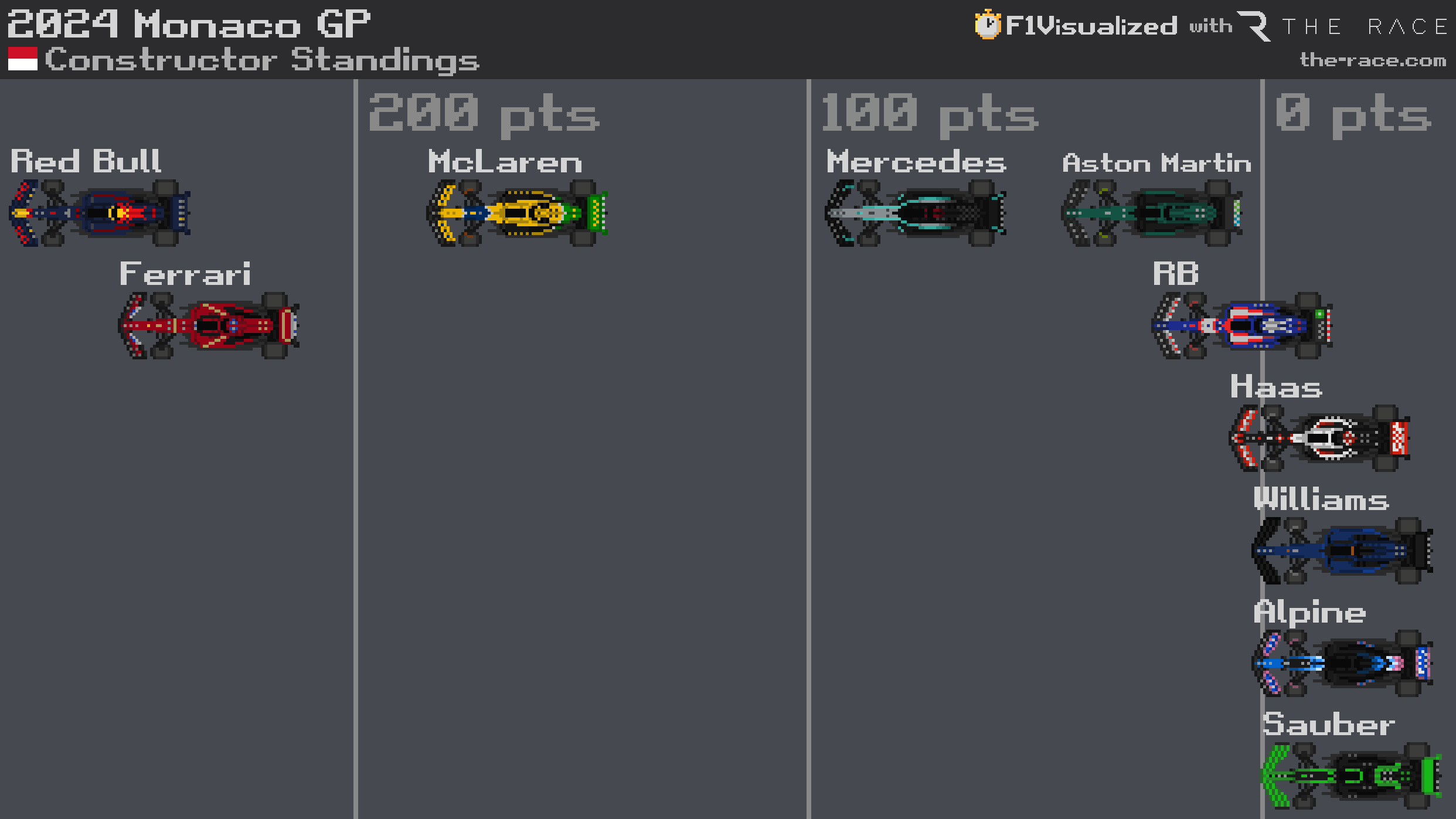
“In terms of points, at the moment we still think it’s also possible but for sure every time [RB scores] it becomes more of a challenge.
“But in terms of performance, it’s all tight enough that at some point it swings around. That’s what we’re trying to achieve.”
Sauber proving it can catch and match the likes of RB this year is arguably just as important as its final championship position. That will provide proof to Sainz of just how much work is still needed and what he can expect in the first year if he commits to Audi. Sainz will back himself to do a better job than Sauber's two current drivers anyway.
The team has at least already proven it can put its early-season pitstop woes behind it, having debuted new pitstop equipment at Imola with good success. Its Monaco GP pitstops (2.51s and 2.56s) were its fastest of the entire season so far.
So that should be job done on that front, even if it remains an embarrassing blemish on its season.
What’s more important is adding performance to the car and soon. Sainz is yet to make up his mind but once he does he’ll be committing fast.
Audi won’t stop selling him the long-term picture, but Sauber has to improve its bleak short to mid-term picture or it risks losing out on a prized piece of its 2025 puzzle.

